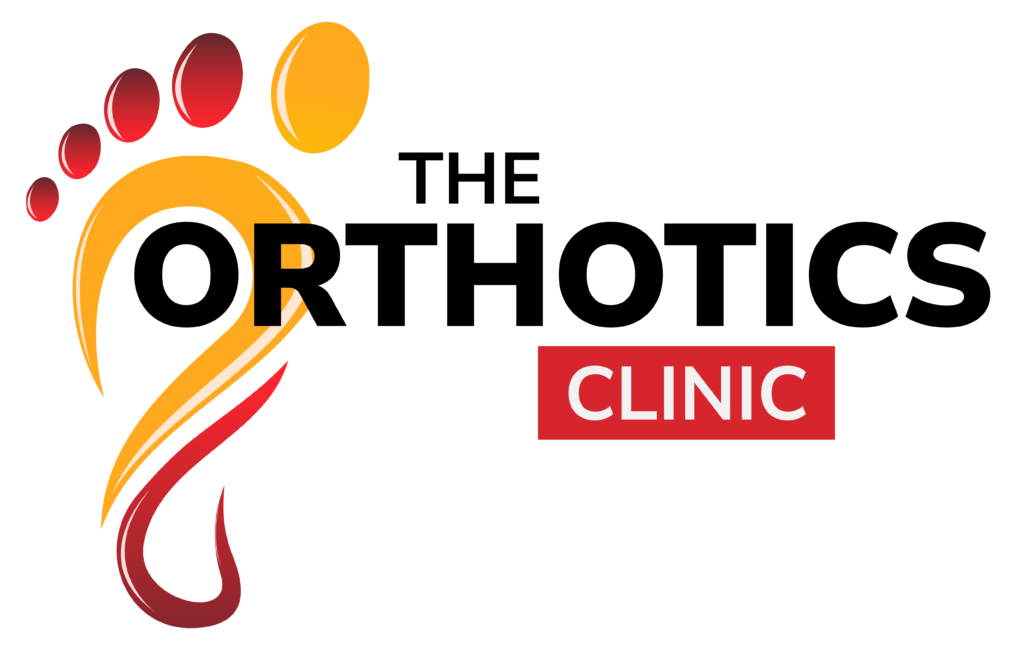What is Stroke?
A stroke is a serious medical emergency that occurs when blood flow to part of the brain is interrupted or reduced. This deprives brain tissue of oxygen and nutrients, causing brain cells to die within minutes.
There are two main types of stroke: The most common type of Stroke is an Ischaemic Stroke. This is caused by a blood clot blocking a blood vessel in the brain. A Hemorrhagic Stroke is caused by a blood vessel bursting and bleeding into the brain.
Orthotic treatment following Stroke
Orthotics play a crucial role in rehabilitation and mobility for stroke survivors. These custom-fitted devices provide support, stability, and improved function for weakened or paralyzed limbs.
Orthotic needs may change throughout recovery. Working closely with an orthotist and rehabilitation team ensures optimal fit and function to support each patient's unique goals and challenges.Early orthotic intervention, combined with physical therapy, can significantly improve outcomes and quality of life for stroke survivors. Custom-fitted devices are tailored to each individual's specific needs and impairments.

Key Benefits of Orthotics After Stroke
- Improve walking speed, balance, and gait
- Prevent joint deformities and muscle contractures
- Reduce pain and increase comfort
- Enhance independence in daily activities
- Support early mobility and rehabilitation efforts
Common Orthotic Devices for Stroke
- Ankle-Foot Orthoses (AFOs): Support foot and ankle, prevent foot drop
- Knee-Ankle-Foot Orthoses (KAFOs): Provide knee stability in addition to foot/ankle support
- Upper limb orthotics: Support shoulder, elbow, wrist and hand function
How do orthotics help in preventing joint deformities after a stroke ?
Orthotics play an important role in preventing joint deformities after a stroke in several ways:
Benefits
Orthotics help keep joints in proper alignment, preventing abnormal positioning that could lead to contractures or deformities over time.
By providing external support to muscles weakened by stroke, orthotics reduce the risk of joints being pulled into abnormal positions.
Orthotics can hold joints in a neutral or slightly stretched position, helping to prevent the shortening of muscles and soft tissues that can lead to contractures.
Some orthotic designs can help manage spasticity, which, if left uncontrolled, can pull joints into deformed positions.
By facilitating safer and more stable movement early after a stroke, orthotics allow patients to maintain joint mobility and prevent stiffness.
Certain orthotics, especially when worn at night, provide a prolonged gentle stretch to muscles and joints, helping maintain flexibility.
Orthotics can improve overall gait and movement patterns, reducing abnormal stresses on joints that could contribute to deformities over time.
By supporting weak areas, orthotics reduce the need for compensatory movements that could lead to secondary joint issues.
How do Orthotics help in managing spasticity after a stroke ?
Orthotics play an important role in managing spasticity after a stroke in several ways:
Benefits of Orthotics in Managing Spasticity
Orthotics help keep joints in correct alignment, preventing abnormal positioning that could exacerbate spasticity. By maintaining proper alignment, orthotics reduce the stimulation of spastic muscles.
Certain orthotics, especially when worn for extended periods or at night, provide a gentle, prolonged stretch to spastic muscles. This sustained stretching can help reduce muscle tone and prevent contractures.
Reducing Hyperactivity of Muscles:example, ankle-foot orthoses (AFOs) can diminish the hyperactivity of calf muscles by neutralizing the foot position. This helps correct equinus deformity and knee hyperextension commonly seen with lower limb spasticity after stroke.
By supporting weak areas and controlling joint motion, orthotics help patients practice normal movement patterns. This reduces compensatory movements that may trigger or worsen spasticity.
Orthotics are often used alongside other spasticity management techniques like Botox injections, stretching exercises, and physiotherapy. They can enhance the effectiveness of these interventions by maintaining proper positioning between therapy sessions.
By managing spasticity, orthotics help prevent secondary issues such as joint deformities and muscle contractures that can develop over time due to uncontrolled spasticity.
Orthotists can adjust and modify orthotic devices as the patient’s condition changes, allowing for ongoing management of spasticity throughout the recovery process.
By effectively managing spasticity, orthotics contribute to improved gait, balance, and overall functional mobility in stroke survivors.
